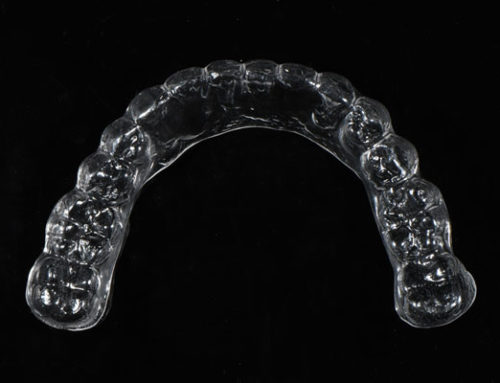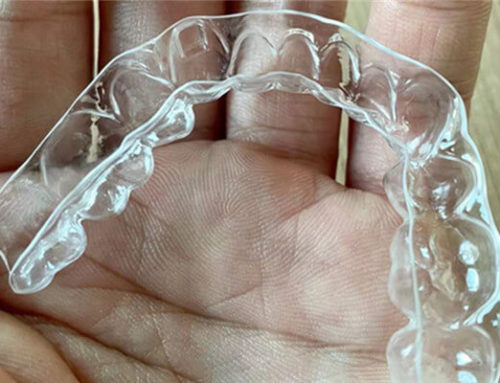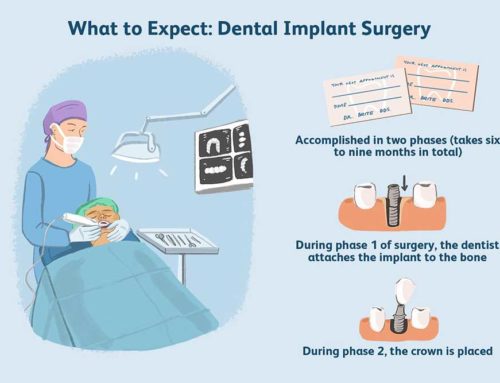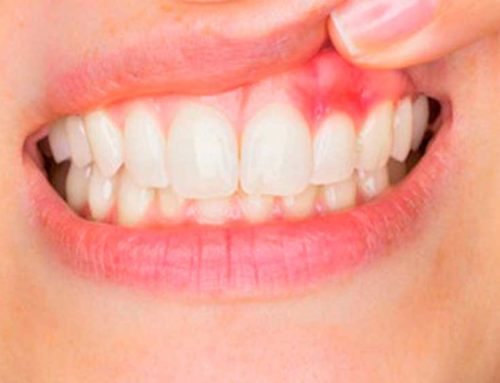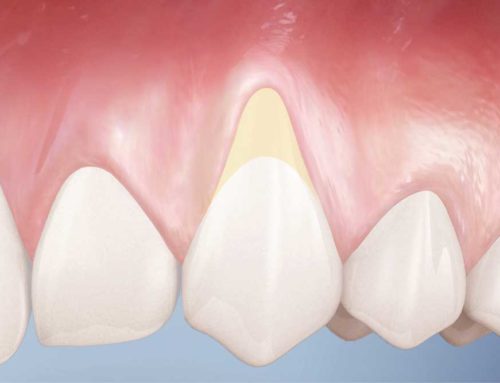Root canal treatment, sometimes called a root canal, is a method of treating infected or severely damaged teeth. During root canal treatment, the endodontist will remove the inner layer of the tooth, including the pulp, roots and nerves. Then they will fill the gaps in your teeth with a rubber-like material. If you have never had a root canal treatment before, here are four things you should know.
1. You may need additional treatment
If you are lucky, your dentist will check your tooth x-rays before your teeth start to hurt and find that you need root canal treatment. Sometimes, severe pain is the first sign of trouble. If your teeth are sensitive to heat and cold, and you still feel pain after taking over-the-counter painkillers, you may have a tooth infection.
When your tooth is infected, the pulp will become abscessed. This can cause severe pain, and if left untreated, the infection can spread and cause swelling. In some cases, root canals alone are not enough to treat tooth infections. If your infection is particularly severe, your endodontist may make a small incision in your gums and remove it manually before you do the root canal treatment.
2. You need to see a root canal expert
Root canals are a common treatment method, but most dentists do not treat many of these procedures as routine procedures. If you want the best treatment, go to an endodontist who specializes in treating patients like you. The endodontist will be able to identify and treat the root canal of each of your teeth, which will save you pain and expense for another treatment.
Although root canals may have been painful in the past, advances in dentistry mean they don’t have to be painful. Your endodontist will skillfully use an appropriate dose of anaesthetic to numb your mouth so that you will not feel any pain during the treatment. If performed correctly, 90% of root canal treatments are successful.
3. You need to finish antibiotics
After root canal treatment, your dentist may prescribe antibiotics for you. This will clear any lingering infections and prevent new infections from forming. Even if your teeth feel good, make sure to take all antibiotics according to the instructions on the prescription. Improper use of antibiotics may kill the weakest bacteria, leaving behind the stronger ones, which may lead to re-infection.
4. You’re going to see the dentist for a crown
After root canal treatment, you may need a crown to protect your teeth from injury. Teeth that have undergone root canal treatment are usually more fragile than other teeth. At your first appointment, your dentist will take a mold for your treated teeth to ensure that your crown fits. The dentist will also choose a colour for your crown to match it with your other teeth.
Before your crown is completed, the dentist will install a temporary crown on your teeth to protect the teeth from damage. Don’t eat anything that might pull out your temporary crown because it has no permanent adhesive. Once your crown is ready, your dentist will put it in your mouth to make sure it fits you. They will make any adjustments before fixing them.
